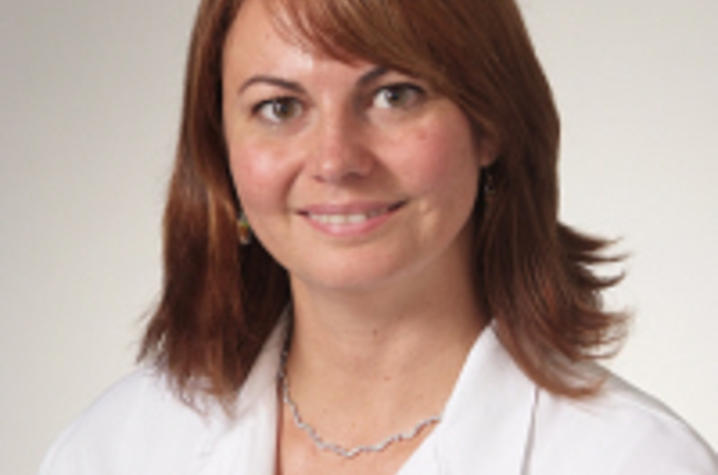If Your Rest is Disrupted Because of Sleep Apnea, Get Medical Help

LEXINGTON, Ky. (Sept. 13, 2016) – The following column ran in the Lexington Herald-Leader Sunday, Sept., 11, 2016.
Unbearable snoring is often the reason sleep apnea is diagnosed. Sleep apnea occurs in about 18 million Americans, or about one in 15 people. The two types of sleep apnea are central and obstructive. Central sleep apnea is less common and is often associated with other conditions, like stroke. It occurs when the brain does not tell the muscles to breathe. Obstructive sleep apnea is more common and is caused by a repetitive (partial or complete) airway collapse which prevents air from reaching the lungs.
Sleep apnea can have negative consequences if it goes undiagnosed and untreated. First, it can cause chronic tiredness, which can lead to cognitive impairment including trouble concentrating and memory problems. Cardiovascular problems can also occur, the most common issue caused by sleep apnea is hypertension.
Often times, when a patient is not responding to medication for hypertension it may be due to undiagnosed sleep apnea. Additionally, the regulation of glucose levels can be negatively affected by lack of sleep; this problem increases the risk of diabetes.
Some people are more likely to be affected by obstructive sleep apnea. A high Body Mass Index is the number one indicator of sleep apnea. The higher the BMI, the greater risk for obstructive sleep apnea. Having a large neck circumference is another indicator. Men are also at higher risk than women, that is, until menopause when the risk increases for women. Smokers are also at increased risk. A large uvula and long soft palate, big tongue, deviated septum and enlarged tonsils can also cause the disorder.
In the 1950s sleep behaviors started being studied and became part of medical care. In the 1970s sleep clinics were developed so people could be monitored and diagnosed with sleep disorders. Today, sleep physicians are able to diagnose the disorder and decide on a course of treatment, which can include referral to a dentist.
The most common treatment option is a CPAP machine, which a patient wears that works to keep the airway open with steady airflow. Oral appliances can be used to move the lower jaw forward to improve airflow. Surgery is a less common treatment option, tonsilectomies may be done when the cause of the sleep apnea is enlarged tonsils.
Behavioral modification is a treatment option that should go along with other treatments. For example, if a patient is overweight weight reduction could be a solution, quitting smoking or changing sleeping positions can also help.
Sleep is an incredibly important part of living a healthy life. Anything that gets in the way of a sound night of sleep needs to be addressed and remedied.
Dr. Isabel Moreno-Hay is an assistant professor in the University of Kentucky College of Dentistry’s Orofacial Pain Clinic




